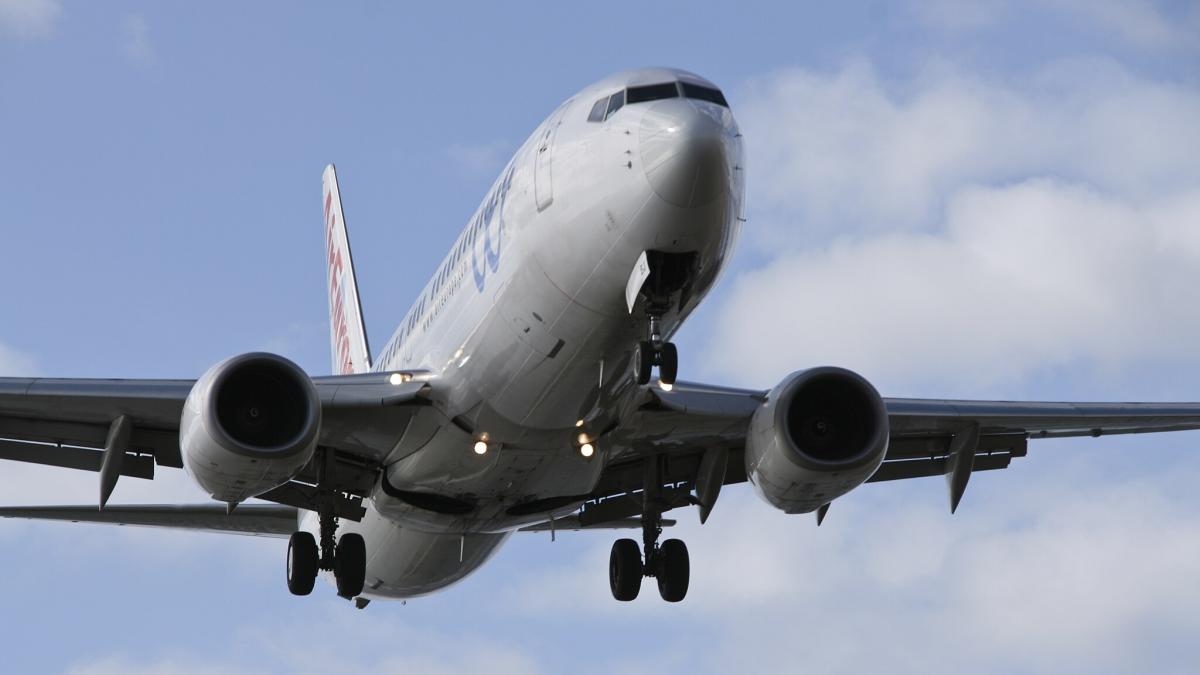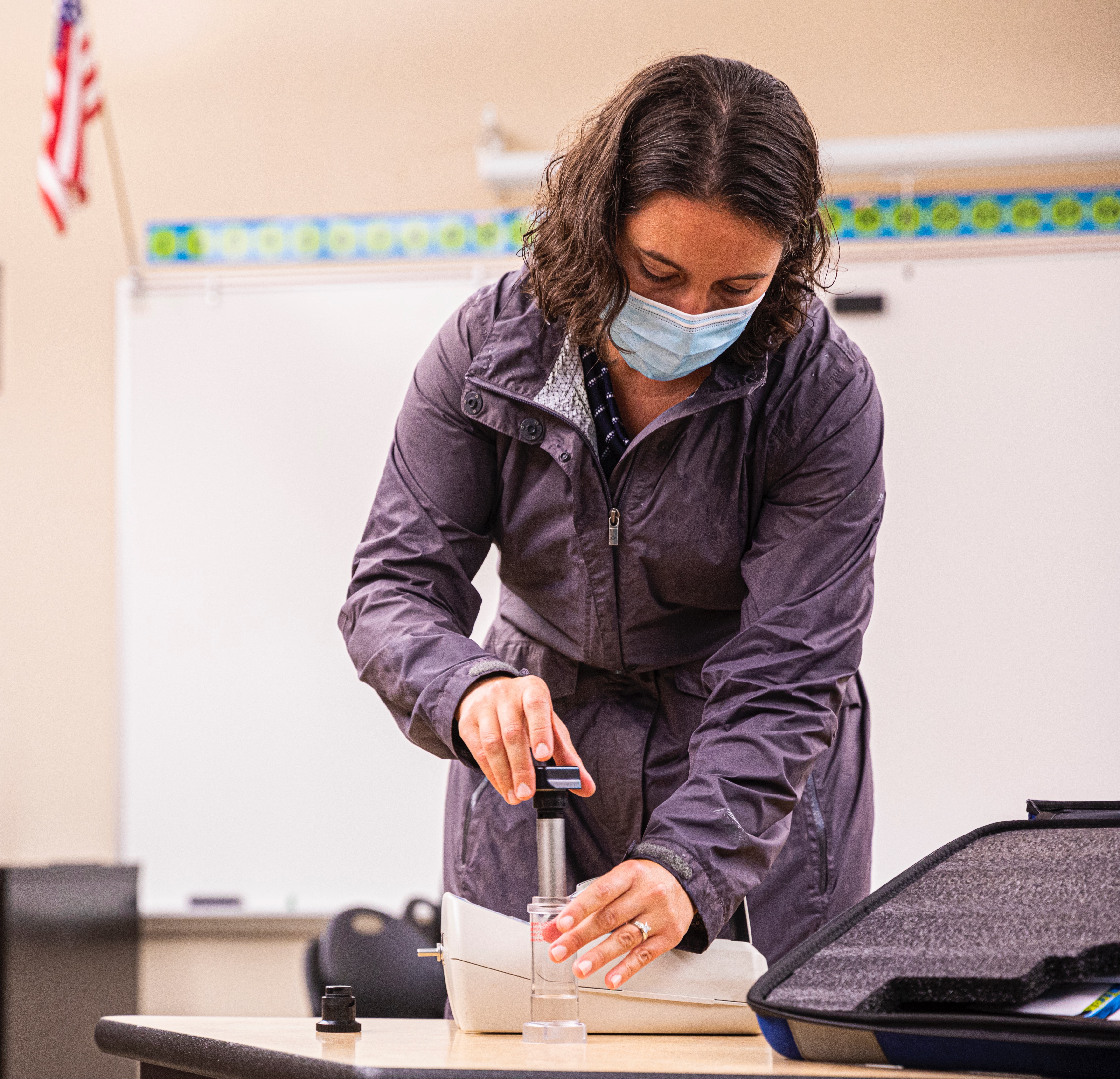
As a colossal emitter of carbon, air pollution, and noise—often in patterns that exacerbate inequities—the aviation industry is a prime target for reforms to promote environmental health and social justice.
In May, people from many sectors and points of view who want to curb the environmental and social impacts from aviation will convene at the “Aviation Noise & Emissions Symposium 2023” in Davis, CA. Presenters will include aviation professionals, researchers, community advocates, industry developers, concerned citizens, and policymakers.
Now in its fourth decade, the annual symposium brings together close to 200 stakeholders from across the country and abroad. Presentations and discussions focus on the latest developments in aviation policy, regulations, and science.
EDGE member Elena Austin is on the 2023 planning committee along with a longtime partner and community advocate Debi Wagner. Wagner serves on the advisory board for a study on air pollution that Austin leads along with fellow EDGE member Edmund Seto.
As part of the symposium, Austin’s colleague Magali Blanco will present results from a study of ultrafine particles (UFPs), so-called because of their miniscule size (<100 nm diameter). Because they are so small, UFPs can penetrate deep into the tissues of the body and, as a result, may be particularly harmful.
Blanco and colleagues used a mobile monitoring device to measure concentrations of UFPs and traffic pollution near elderly people in the Seattle area who are part of a separate study on aging, Alzheimer’s disease, and dementia. They found the highest levels of UFPs near the region’s biggest airport and major roadways. They also found the smallest, and potentially most toxic, UFPs exclusively near the airport.
Austin and Wagner will present along with Representative Tina Orwall of Washington’s 33rd District as part of a single presentation offering three perspectives on the Healthy Schools Project. Each of the three have participated in the project as an academic researcher, a community advocate, and a legislator, respectively.

The Healthy Schools Project measured and identified the sources of UFPs in school classrooms, finding that half of UFPs in outdoor air at schools near the airport get into the classroom, but that using a HEPA air filter could reduce UFP pollution in a classroom down to ten percent of outdoor levels. Now in its second phase, the study is being expanded to include more schools, to examine the effects of pollution on academic performance and also to evaluate the impacts of wildfire smoke.
Another study of note, headed by EDGE partner Dr. Kris Johnson of Public Health–Seattle & King County, examined the health and demographics of communities within ten miles of the airport. Her study was conducted in response to a request from the Washington State Legislature. Johnson and her team found that the majority of people residing in airport communities are Black/African American, Hispanic/Latino, and Native Hawaiian/Pacific Islander, and are burdened more by health and resource disparities than other communities.
- Air Pollution
- Exposure Sciences
- Environmental Justice/ Environmental Health Disparities


